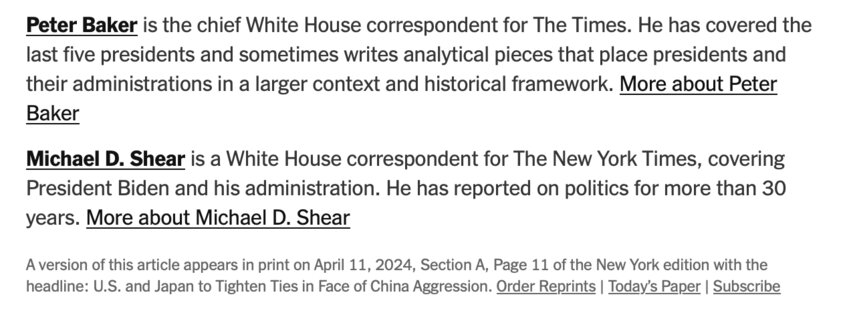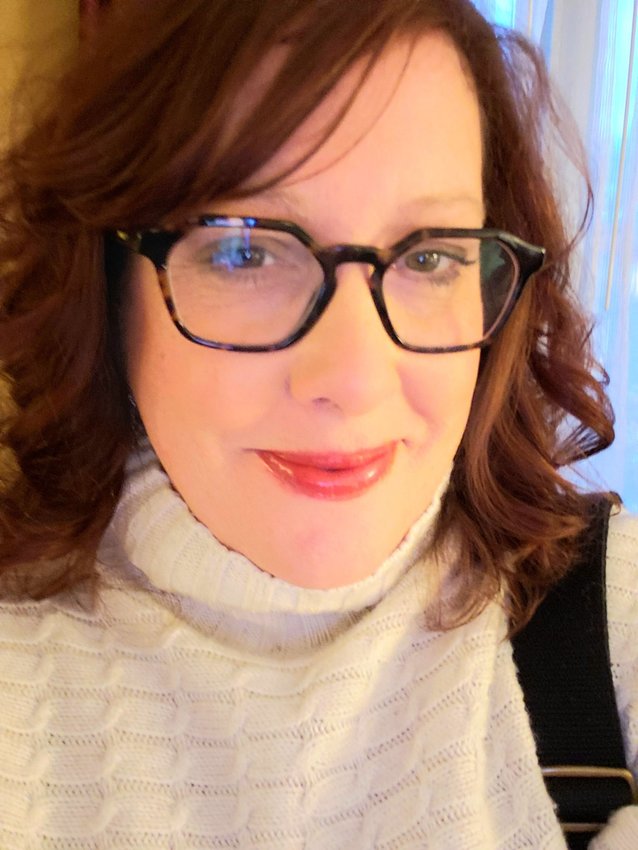Rebuilding and furthering trust in news is a perpetual concern for news publishers today. As editor of the “trust team” at The New York Times, it’s Edmund Lee’s mission. He’s been a journalist for 30 years and a media reporter covering how newsrooms operate for a decade before his current role.
“Our team was born out of the publisher’s office,” Lee said. “This is a topic that [AG Sulzberger] has talked about at length, both externally and internally. And he felt it was important to have a team focused on this very issue of trust. In practical terms, that means finding a way to close this widening gap in readers’ trust.”
Measuring trust isn’t an exact science; however, Lee’s team looks at a few indicators. The data insights team provides audience metrics. They also work closely with the standards group, which fields reader questions and criticisms. And they conduct qualitative studies and surveys.
“Subscribers are the ultimate metric because if people are giving you their money, that’s a proxy for trust,” Lee said.
“A lot of our work is done with an eye toward not just our own news reporting but the news industry in general,” he added. “Whatever we develop, we hope other newsrooms see it and decide, ‘Oh! That could be useful for us, as well,’ and use the same thing. Two examples of that are our enhanced bios and bylines.”
The recently enhanced bylines provide insight into both the reporter and the process of reporting the story. “It’s to show your work and to highlight the reporter’s specific expertise or background related to the role, such as how the reporter has covered politics for 20 years or covered the last five presidents,” Lee said.



They’ve also redesigned staff author pages to include a section on the journalist’s focus, information about professional expertise, sometimes a glimpse into their personal interests, a paragraph on ethics that govern their work and contact links.
Including a little personal information in the bios personifies the people behind the journalism. It can also draw out sources and introduce readers to the newsroom’s diversity.
“We’re called The New York Times, but most of us are not from New York. We have bureaus around the country — around the world. But just as important is demonstrating that we’re not all from here and that we’re often from the places we’re covering,” he said.
The ethics section inspired feedback, especially from readers who weren’t aware of things like why reporters cite anonymous sources or refrain from political donations and investments in companies they may cover.
“We discovered that having an ethics section was probably the most important thing to include on an author page,” Lee said.
Subscribers may have also noticed a change to datelines. “For example, we no longer use the all-caps LONDON at the start of a story,” Lee explained. “We’ll simply say, ‘Reporting from London.’ It’s a more straightforward way of communicating to our readers. Readers never really understood the datelines before. They may have thought it was where the story takes place, not necessarily that the reporter was physically located in London. … Now, I think it highlights that we’re on the ground and physically present where we’re reporting the news from, and in this day and age, it’s more important than ever to show that we’re seeing things, witnessing things and reporting on things firsthand.”
What’s next for the trust team?
“We’re working with desks across the newsroom to find ways to simplify or better communicate how we’re covering the election,” Lee said.
 Gretchen A. Peck is a contributing editor to Editor & Publisher. She's reported for E&P since 2010 and welcomes comments at gretchenapeck@gmail.com.
Gretchen A. Peck is a contributing editor to Editor & Publisher. She's reported for E&P since 2010 and welcomes comments at gretchenapeck@gmail.com.
Comments
No comments on this item Please log in to comment by clicking here